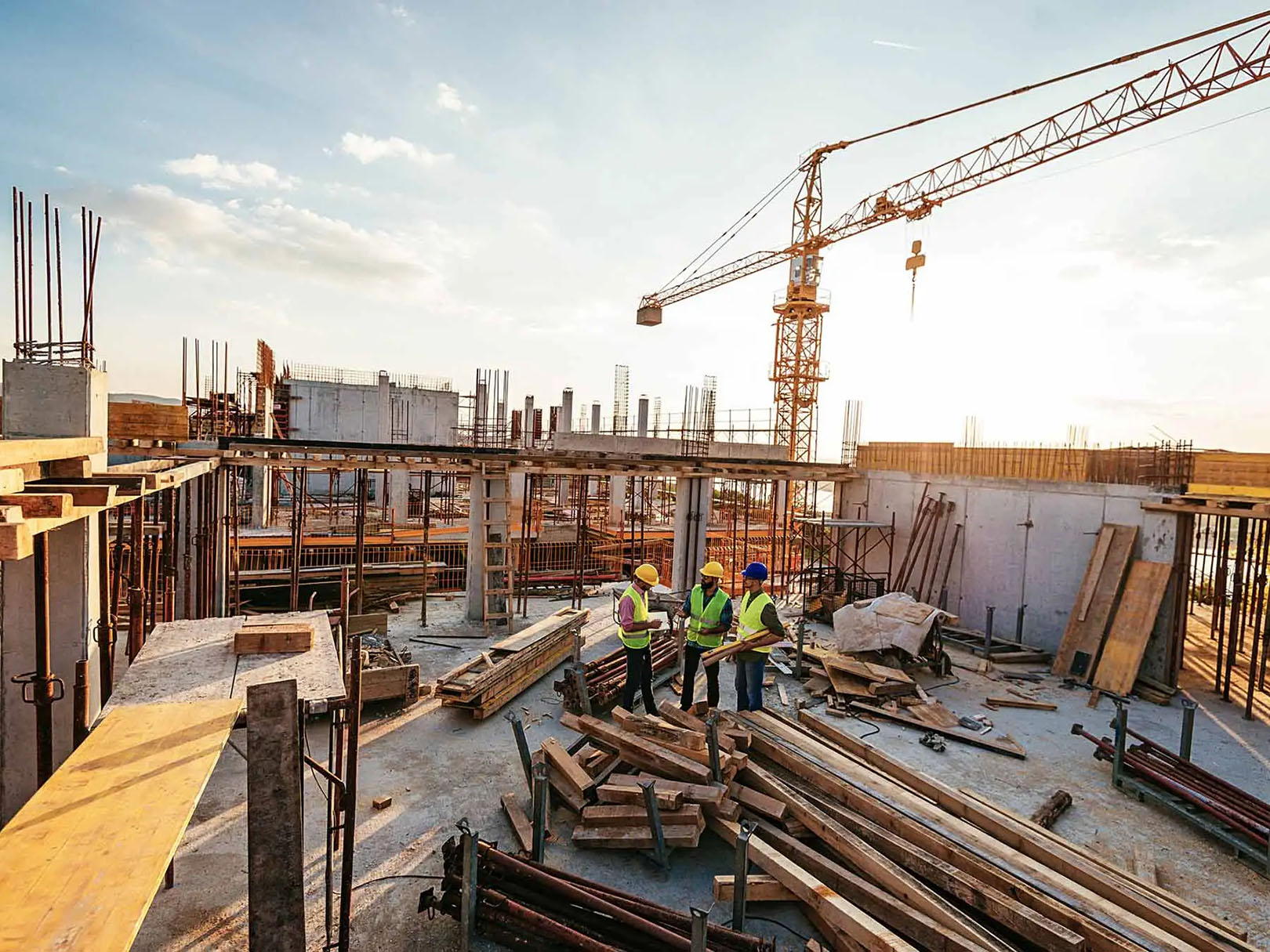
One core objective of Building is to establish a "Digital Standard" for real estate. This combines standards of the built environment, software and workflows, data management, and smart contracts. When these layers are aligned, it becomes easier to calculate and understand the strengths and weakness of real estate projects across borders.
The built world runs on data that rarely aligns. A building might have a model that no longer matches the site, reports that contradict the model, and a valuation disconnected from both. Each stage of a project—design, construction, operation, finance—creates its own record of truth, stored in a different format and governed by a different process. The result is a trillion-dollar asset class that still behaves like a collection of unrelated projects.
Inconsistency wastes time and undermines confidence. When appraisers, auditors, or investors cannot see how a number was derived, they price in uncertainty. Maintenance logs, certifications, and financial statements often live in separate systems, each telling a partial story. What should be a matter of verification becomes a matter of trust. Deals slow down. Risk premiums rise.
Other industries have already solved this. Accounting has GAAP. Manufacturing has ISO. The internet runs on shared protocols. Real estate remains a language without grammar, a system without syntax, where every participant translates the same data differently. Until that changes, the industry will remain fundamentally offline.

Standards give structure to complexity. They turn local practice into collective progress. Without them, good ideas remain isolated in the teams or tools that created them.
Every reliable system rests on shared expectations. The grid functions because voltage is predictable. Accounting works because statements follow a format. The internet endures because its protocols agree on how information moves.
Real estate has never had this kind of alignment. Each project defines its own models, units, and documents. Each portfolio develops its own language for risk and return. The result is friction where there should be translation.
A standard does not remove choice; it establishes clarity. When participants describe information in compatible ways, the differences between assets become meaningful. Data can be compared, decisions can be audited, and value can be traced.
What the industry needs most is not another tool but a baseline—an agreement on how information is created, labeled, and exchanged. From that foundation, technology and finance can operate with confidence.

Progress depends on stability. You cannot build a skyscraper on shifting ground, and you cannot build a transparent market on data that changes meaning from one participant to another. Standards provide the foundation that innovation builds upon.
A standard defines where the ground begins. When assets are modeled, documented, and verified in consistent ways, coordination improves across every stage of development and ownership. Designers move faster. Appraisers rely on better information. Regulators spend less time interpreting and more time assessing. Investors gain confidence in what they see.
Standardization does not limit creativity; it organizes it. It turns real estate from a series of isolated projects into an interconnected system where data, capital, and insight can circulate without translation.
The goal is not control. The goal is coherence.

Kuala Lumpur, Malaysia
Every building is a dataset in physical form. It holds records of materials, systems, and performance that accumulate value overtime. Yet the information that defines that value is often fragmented. Models exist in one format, maintenance logs in another, financials in spreadsheets, and certifications in static reports. The physical asset and the financial record that represents it rarely connect.
That connection is beginning to form. At the physical layer, BIM frameworks and ISO 19650 define how building information should be structured and shared. Process frameworks such as the UK’s Golden Thread ensure that data on safety, design, and performance remains linked throughout a building’s life.
At the financial layer, consistent reporting mirrors the discipline of GAAP in accounting. It allows valuations, audits, and ESG assessments to trace their numbers back to evidence. When property information can move from construction to operation to the balance sheet without translation, it becomes finance-ready by design.
At the digital layer, smart contract and tokenization standards bring automation and auditability to the same equation. They create a transactional layer where verified data can trigger agreements, payments, and ownership changes without manual reconciliation.
Together these frameworks form the beginnings of a Golden Thread that connects physical performance, financial reporting, and digital verification. They create the conditions for an asset to be measurable, comparable, and trusted from foundation to finance.

Standards do not appear fully formed. They emerge when an industry recognizes that the cost of inconsistency is greater than the cost of alignment. That recognition is beginning to take hold across the built environment. Governments are defining digital building codes. Software companies are harmonizing file structures. Asset owners are asking for consistent ESG and performance data across their portfolios.
These efforts are not about prescribing how projects should be built. They define how information about those projects should move. A permit, a scan, a valuation, and a token are all different expressions of the same asset. When those expressions follow the same structure, they can connect. Projects become portfolios. Records become systems.
That foundation becomes the floor for innovation. Once data is structured and verifiable, artificial intelligence can interpret it with context, auditors can verify it automatically, and capital can flow with fewer barriers. Standards do not slow technology. They give it meaning.

Every industry that matured began with a standard.Accounting adopted GAAP, manufacturing adopted ISO, and the internet adopted TCP/IP. Each replaced improvisation with structure and made collaboration possible at scale.
Real estate is approaching the same point. BIM frameworks, ISO 19650, lifecycle traceability, and emerging smart contract protocols are beginning to connect design, construction, operation, and finance into a shared data environment. Physical, financial, and digital systems are starting to recognize one another.
A digital standard for real estate will not make the industry uniform. It will make it intelligible. Buildings will become readable datasets. Valuations will link directly to their source. Trust will be based on verification, not interpretation.

The future of real estate will be shaped by how well we organize its information. When data is structured, every decision gains context. Standards give that structure form, turning information into knowledge and knowledge into trust.